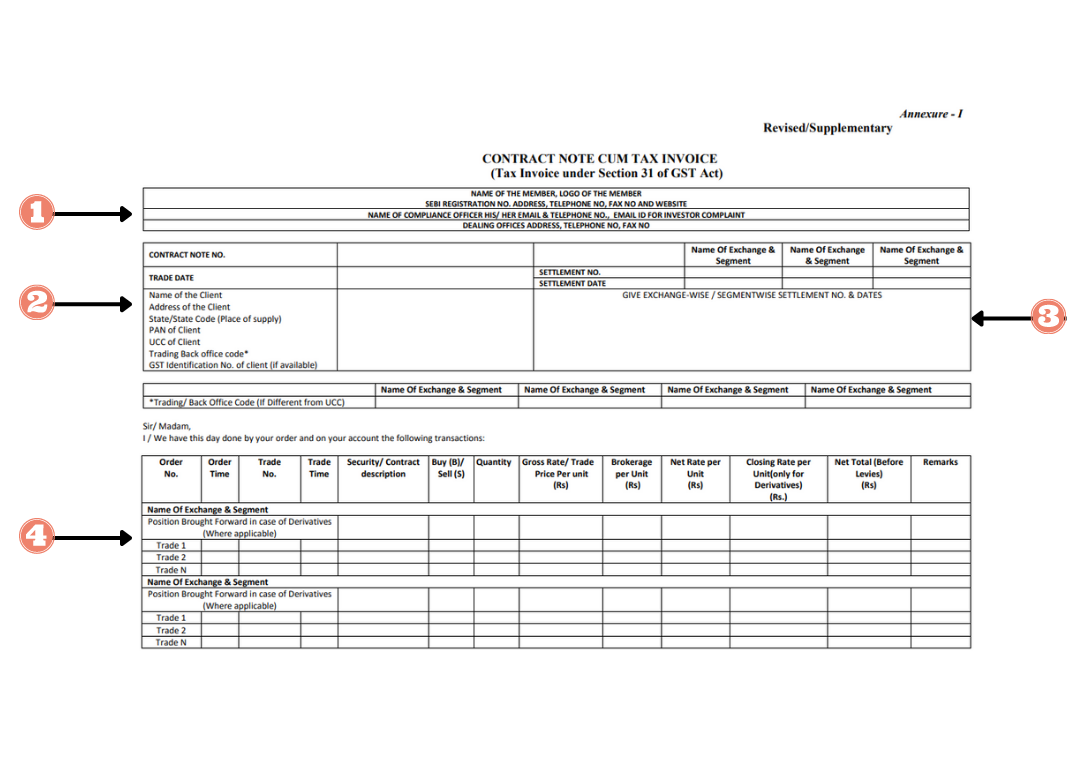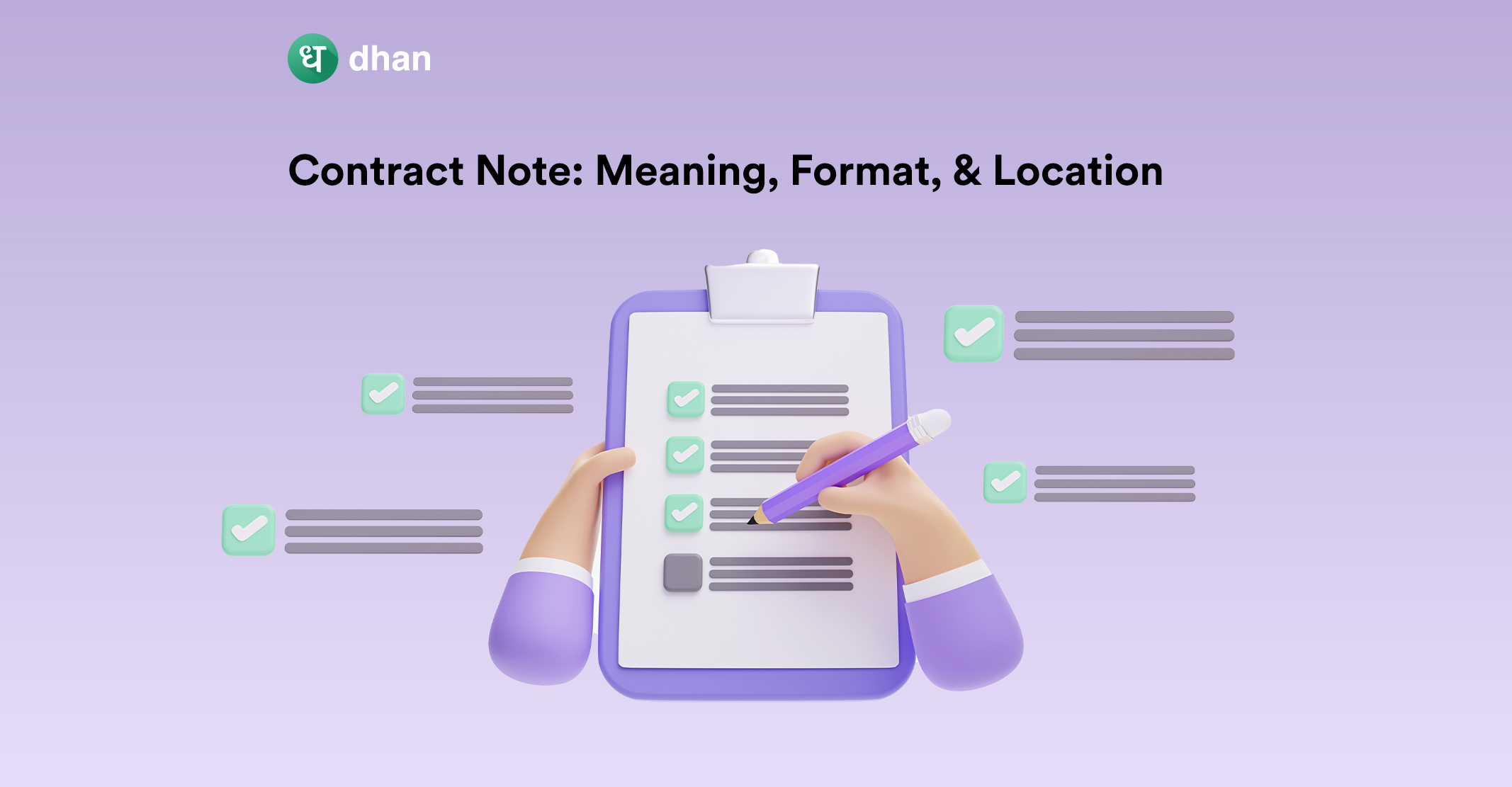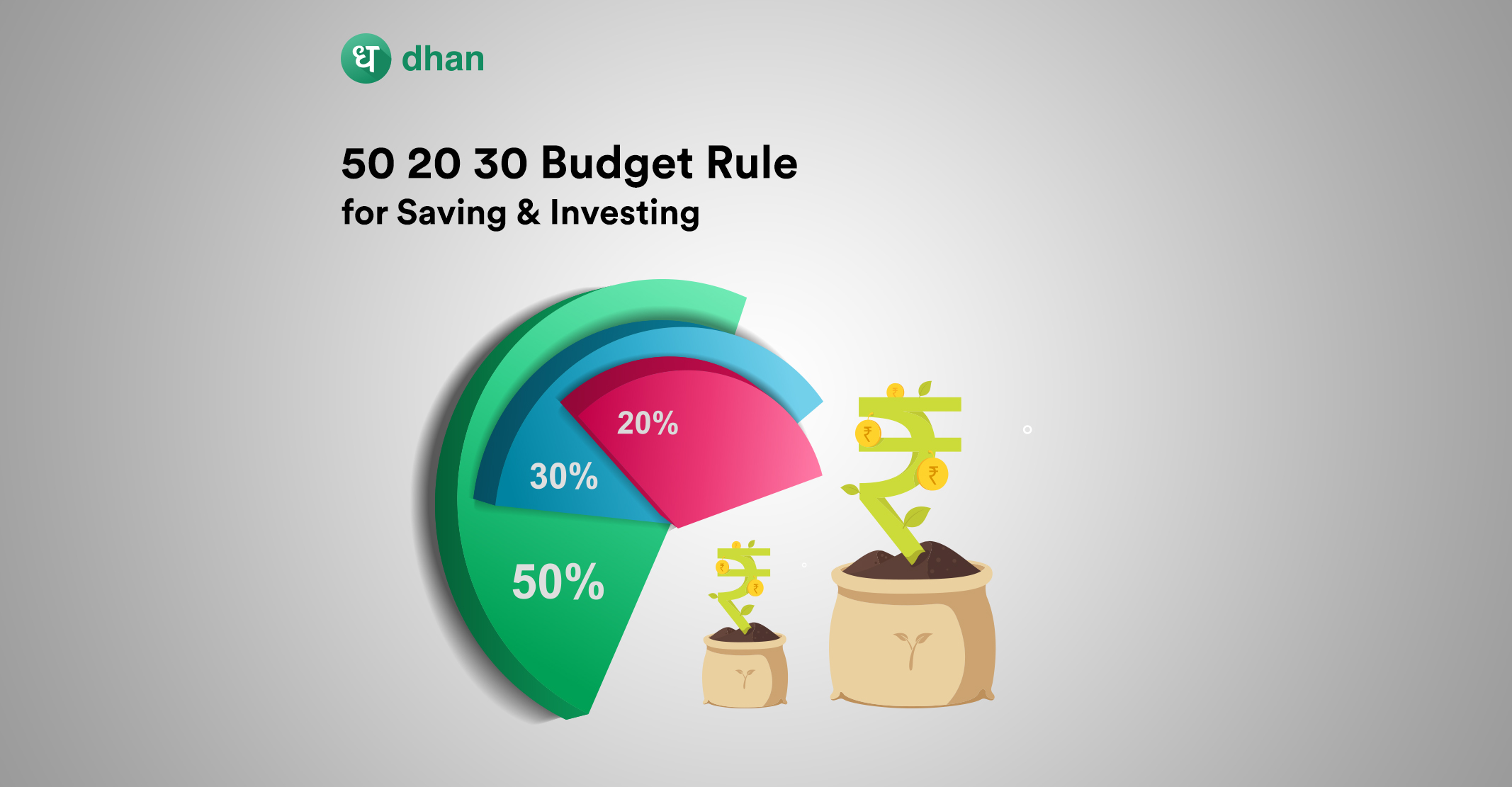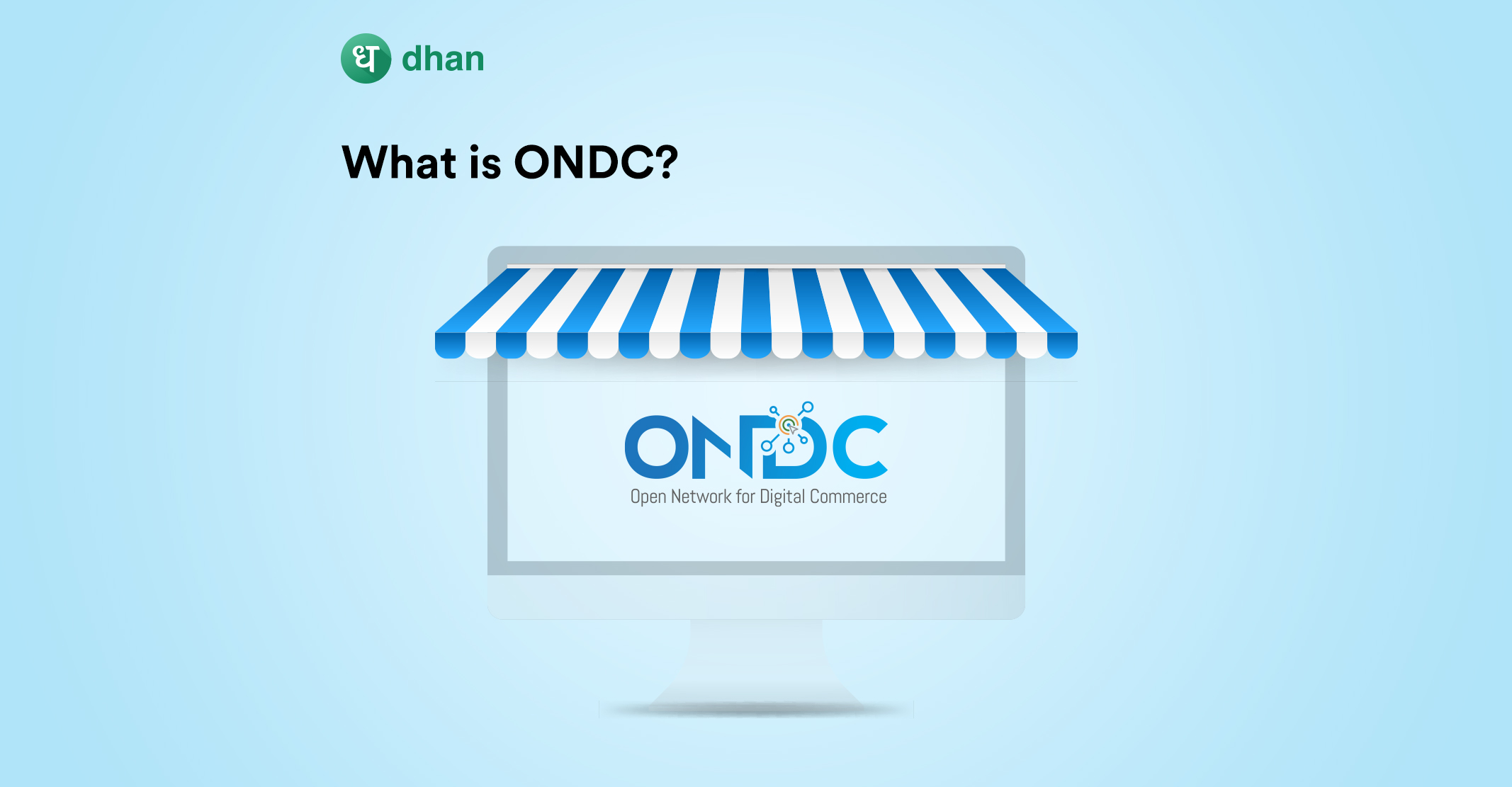What is a Contract Note?
A contract note is an official record of all buy and sell trades made in a day. This document captures every trade in the equity, commodity, currency, and derivatives segments.
The contract note is sent by brokers like Dhan who are classified as “trading members” by SEBI. Trading members can execute their own trades and their clients’ trades.
In fact, you as a retail trader or investor can’t trade shares online without going through a trading member.
Because brokers execute trades on your behalf, they’re required to send you proof of all trades made through… you guessed it – contract notes!
As per SEBI guidelines, brokers are required to send you the contract every time you make a trade, typically after the end of regular market hours.
Speaking of SEBI, the format of a contract note is based on their guidelines.
Contract Note Format
Visually, the contract note may seem like it has a lot of information. But we’ve broken it down into easy-to-understand sections across two halves. This is the format of the first half of a contract note 👇

1: Trading Member Details
Remember how we spoke about trading members aka your broker? Their details will be mentioned at the very top of the contract note. In Section 1, you can find your broker’s registered:
- Name
- Logo
- SEBI registration number
- Address
- Telephone number
- Fax number
- Website
- Compliance officer’s contact details
- Official office address & contact details
2: Your Details
When you go through a KYC process while opening a demat account, you’re required to submit proof of identity, address, and income. These documents are important to complete your KYC.
But they are also useful for the contract note. More specifically, Section 2 contains your personal details like:
- Name
- Address
- State/State Code (Place of supply)
- PAN
- Unique Client Code (UCC)
- Trading Back office code*
- GST Identification No. (if available)
3: Exchange & Settlement Details
Section 3 of the contract note includes the details of the exchange. This is necessary to differentiate trades, especially if someone’s arbitraging their way to wealth creation.
For example, you can buy stocks on NSE and sell them on BSE. Mentioning which exchange you bought or sold stock on leaves no room for doubt. That’s not all.
The settlement number and date of every transaction across each exchange are also mentioned in this section. These details serve as one more way for you to verify your trades.
4: Trade Details
This is perhaps the most important part of the contract note. Section 4 captures your trades in great depth. You’ll be able to view these details:
- Order Number
- Order Time
- Trade Number
- Trade Time
- Security/Contract description
- Buy (B)/Sell (S)
- Quantity
- Gross Rate/ Trade Price Per unit (Rs)
- Brokerage per Unit (Rs)
- Net Rate per Unit (Rs)
- Closing Rate per Unit (only for derivatives) (Rs.)
- Net Total (Before Levies) (Rs)
- Remarks
The Order Number is self-explanatory. The Order Time denotes when you’ve placed a buy or sell order – not when it has been fulfilled by the exchange. That’s shown with the Trade Time.
You can buy stocks in the cash market or trade futures and options in the derivative market. You can even trade currencies and commodities in India. This is the Security/Contract description.
“Trade” could mean buy or sell – that’s described in the very next field that says “Buy (B)/Sell (S)”. The number of securities you’ve traded is described through the “Quantity”.
There are fees involved when trading in the securities market. Some brokers charge for the delivery of shares while almost all brokers charge brokerage on derivatives, commodities, and currencies.
These charges are not included in the Gross Rate/Trade Price Per unit (Rs). Instead, it’s the LTP of the security or the price at which the trade has been fulfilled.
Brokerage per Unit (Rs) describes the brokerage. The net Rate per Unit (Rs) is the same as the Gross Rate/Trade Price Per Unit. The Closing Rate per Unit is for derivatives that have been carried over.
Net Total (Before Levies) (Rs) is used to represent the total amount that you have to pay or receive before deductions like brokerage and taxes. Here’s Part two of the contract note 👇
5: Fees, Taxes, & Dues
This is a straightforward section that includes all the details of the taxes you’ll pay and the amount of money you’re either owed or liable to pay.
Where to Find a Contract Note?
As with most official documents these days, the contract note is emailed to your registered email address by your broker. Most brokers will email the note in PDF form.
PDFs are known to be friendly across platforms, meaning they retain formatting on the web, mobile, tablets, and others while being non-editable documents.
To access the contract note, you’ll have to enter a password. For convenience and security, the password is generally your PAN in caps (as it is in the original document).
Why is a Contract Note Significant?
Regardless of whether you’re trading multiple derivatives or investing in a single stock, keeping a record of all your transactions is important.
Documenting these transactions can help you identify whether something is remiss. On the other hand, a detailed record of your trades can help you keep tabs on:
- Profit and loss
- Taxes
- Brokerage
Lastly, you can request your broker to send a trade-by-trade contract note if a consolidated one doesn’t cut it. While we’re on the topic of tracking profits and losses, here’s a cool feature on Dhan:



